It’s no surprise that watching the greatest athletes on the planet compete against one another can be the experience of a lifetime. For many, attending the Olympics even as a spectator is a dream come true. Besides enjoying all of the events and incredible ambiance, there are many small traditions that even after watching the Games on TV your whole life you may not know about. One of those traditions is trading Olympic pins.
Why Pins?
It may sound juvenile to trade pins but the tradition actually goes back to 1912 in Stockholm. Special pins had been previously produced for athletes, officials and the media and were finally made available commercially to spectators. By 1924 in Paris pin trading between athletes and officials had taken off as a way to represent friendship or goodwill between nations. In the 80’s at the Los Angeles and Calgary games pin trading exploded and became a major part of the Olympics with some people attending only to trade pins. Today, pin trading may not be as big a deal as it once was, but you’d have a hard time attending an Olympic games without still being very aware of it. Click here for a more detailed history of Olympic pin trading.
What Types of Pins Exist?
In the beginning, only special groups has pins like athletes or officials. Now, there are pins for everyone. But four main types of pins still exist:
- National Olympic Committee (NOC) Pins: Representing a country’s Olympic team. They can be generic or specific to a particular Olympic Games. These are my personal favorite as each one represents an entire country.
- Sport Specific Pins: These are usually tied in with a specific NOC, but generally feature one specific sport. Think of them as a pin to represent a specific subset of a national Olympic team.
- Host City Pins: Pins that represent host cities. These can be either a city hosting the Games, or even a candidate city bidding on a future Games. Many organizing committees will produce a wide variety of pins representing the location and have them available for sale before, during and after the Games.
- Sponsor Pins: Personally, I find these the least interesting but they can still be a lot of fun. You’ll find that most companies even remotely involved in the Games will produce a pin to showcase their affiliation.
Where do the Pins Comes From?
The Organizing Committee may sell host city pins in the stores around the Games but otherwise there is no specific place the pins are distributed from. A quick eBay search will find thousands of pins available online. However once at the Games part of the fun is finding where to get some pins for free. Individuals connected to either the Organizing Committee, sponsors, a national Olympic team or the host city may all be sources of pins. It can be a treasure hunt to find them.
Can I Buy Pins?
It would certainly be a good idea to buy some pins to bring with you to the Games. But if you see someone wearing a pin that you like, do not offer to buy it. At the Games, it’s all about pin trading, not buying. So unless you plan to purchase pins from one of the Games souvenir shops, you better have something to trade!
How Do I Initiate a Trade?
If you see someone with a pin you like ask if they would be willing to trade it or where you can get one yourself. Many people bring pins that represent their home country and are eager to give them away without trading. You’ll also see more serious collectors perched in spots around the Olympic grounds. These guys have most likely been collecting pins since before you were born. It may appear that they are selling their pins on the street, but they will only accept trades (or they’d be thrown off Olympic grounds). Have a look at what they have to offer and see what they would be willing to part with. Everyone trading pins is doing it for the fun of it so don’t be afraid to ask questions and say you’re new to the game.
Where Do I Display My Pins?
You can put your pins almost anywhere but if you are involved in the Games themselves you probably have a large accreditation that you need to wear around your neck at all times. The strap of this accreditation has become the primary place to display noteworthy pins. Other places may be on a backpack or bag, belt-pack or purse strap.
What Do I Do with the Pins After the Games?
Keep them as a fond reminder of your Olympic experience! And you never know, years from now you may return to another Olympic Games and you’ll already have a sweet collection of pins to resume your trading with. You’ll probably see the same guys standing outside the venues with their pin boards too!
Have some unusual pins you may want to trade? Let me know in the comments!

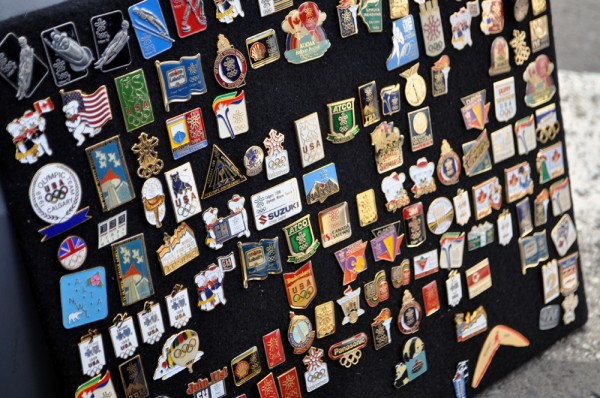
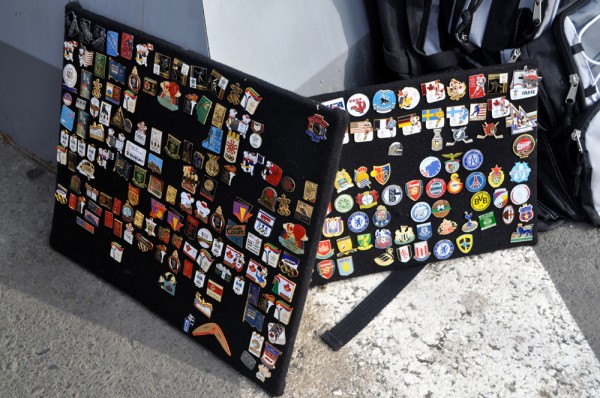

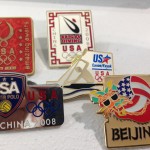
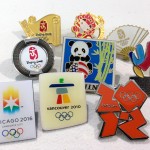
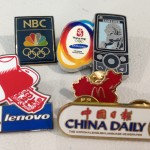
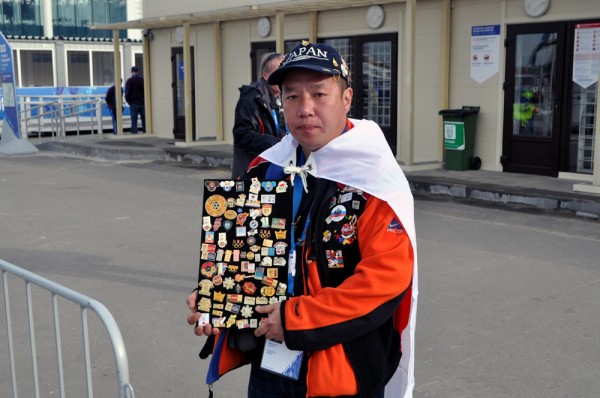
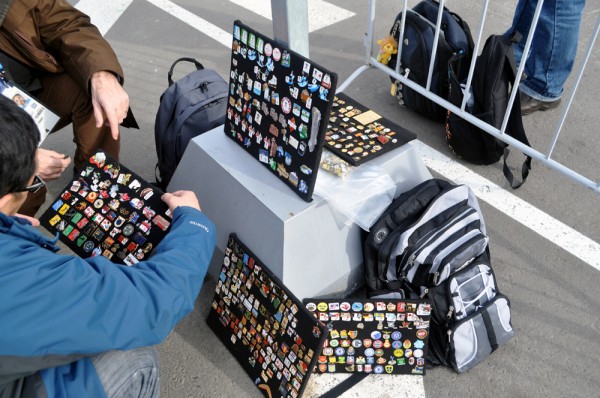
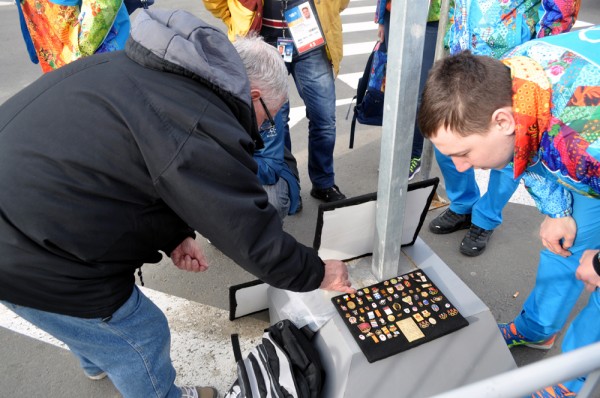
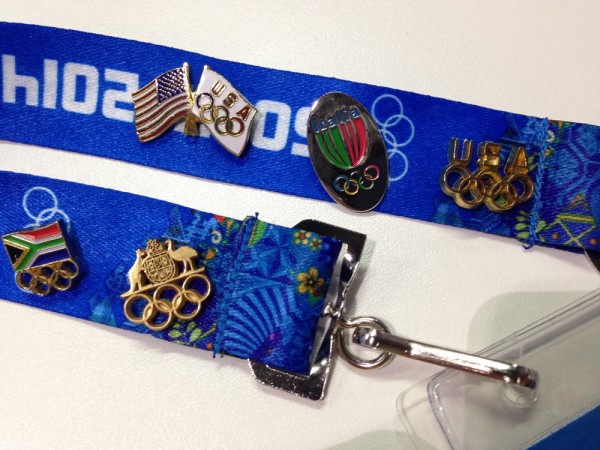










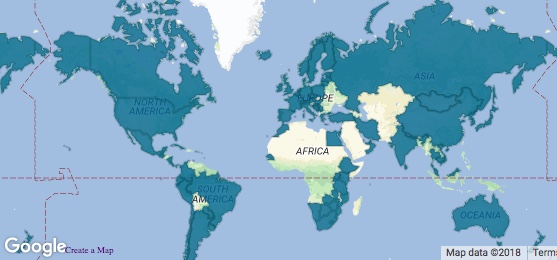



Wow! great article. I had no idea that pins were in fact so important at events of this kind. Glad to learn something new each day. thanks